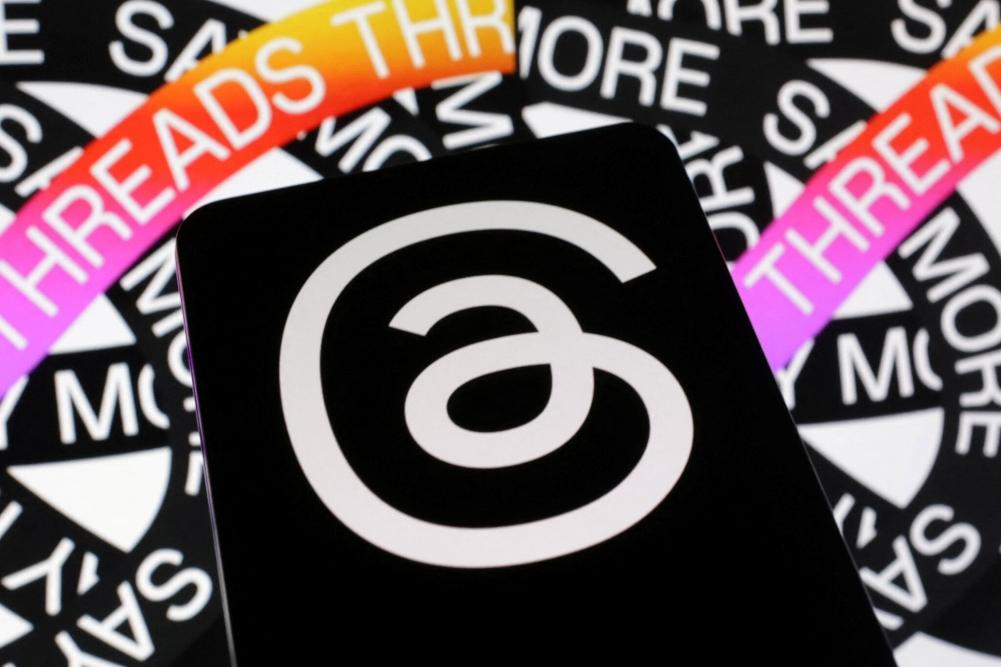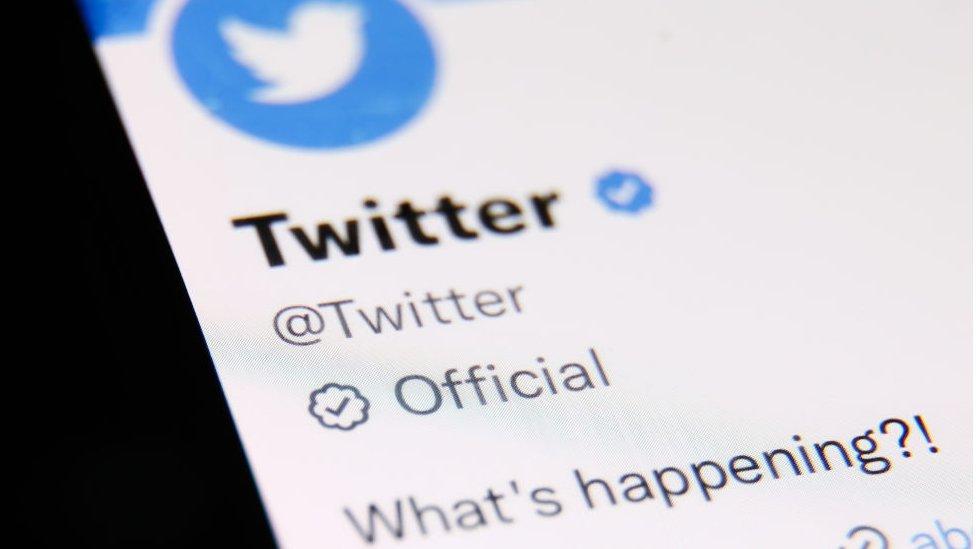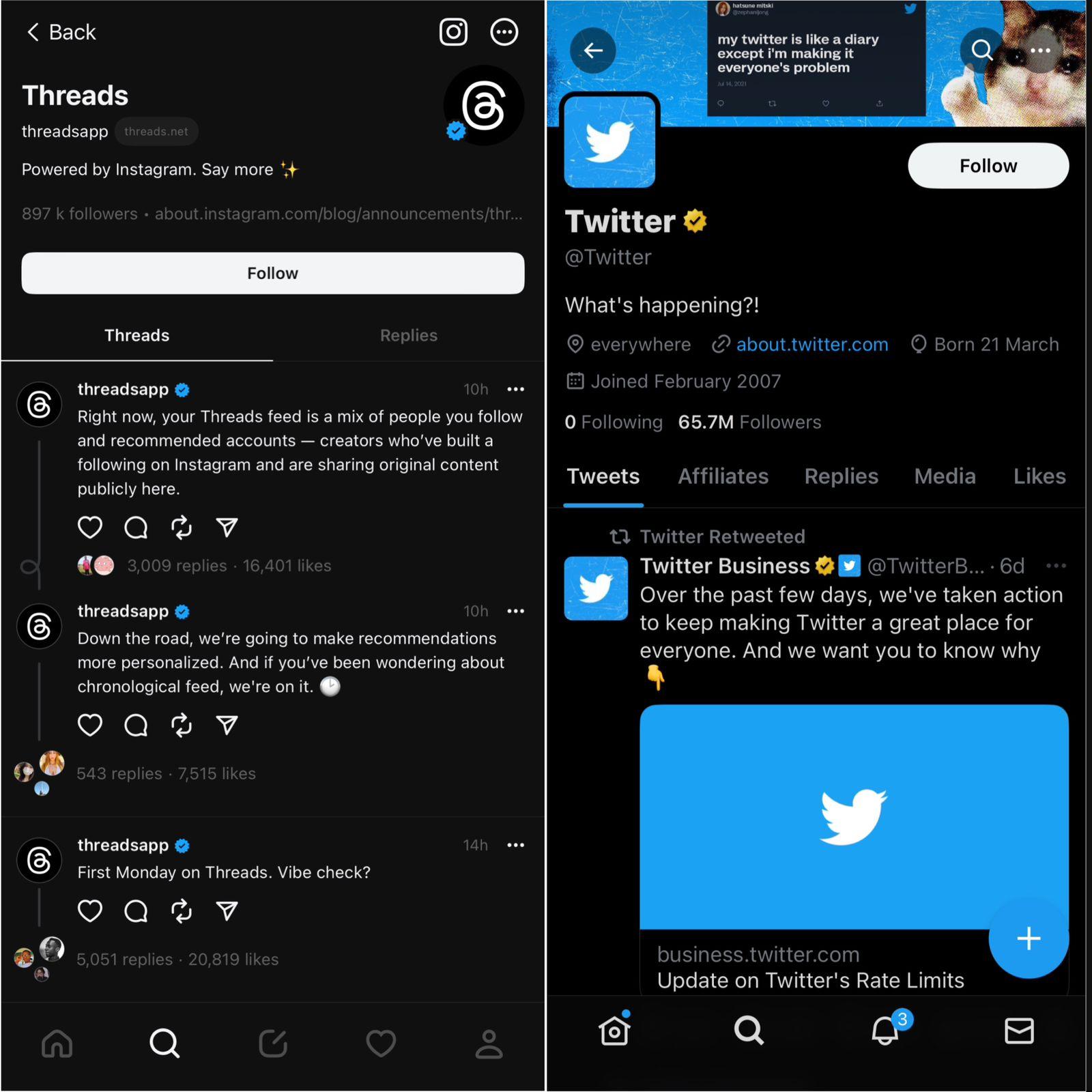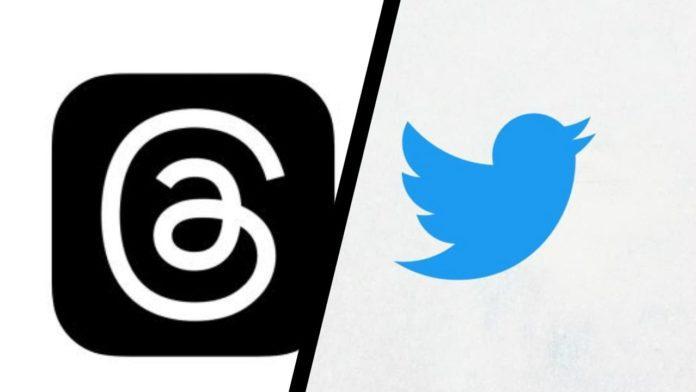In the vast realm of social media, two titans, Threads and Twitter, captivate users with their unique features and experiences. As the battle for users’ loyalty unfolds, we explore the exciting world of Threads and Twitter, delving into their distinctive features, the drama that surrounds them, and the captivating similarities and differences that make each platform a force to be reckoned with.
The Rise of Threads
Threads, the brainchild of Twitter, emerges as a platform dedicated to uninterrupted, flowing conversations. With its seamless interface and enhanced features like threaded replies and chronological organization, Threads swiftly gains a dedicated following—100 million+ users in under a week! As Threads continues to soar, Twitter remains in the spotlight as both parent company and subject of scrutiny.

Twitter: Real-Time Updates and Concise Conversations
Twitter reigns as the go-to platform for real-time updates, viral sensations, and concise conversations. With its character limit and rapid-fire nature, Twitter excels in delivering breaking news, trending topics, and engaging exchanges. Hashtags, retweets, and trending topics enable quick dissemination of information, fueling debates, spreading awareness, and shaping public opinion. Twitter’s influence expands as controversies and influencers emerge, making it a hotbed for drama and discourse.

Similarities and Differences: Connecting Threads and Tweets
While Threads and Twitter share similarities as spaces for expression and conversation, they also offer distinct experiences. Distinguishing Threads from Twitter reveals a world of unique experiences. Here’s what sets them apart:
1. Authentication: Twitter offers multiple login options, including email and phone number, while Threads is exclusively tied to Instagram, requiring an Instagram account for access. However, it comes with a downside—the inability to delete a Threads account without deactivating Instagram.
2. Verification: Threads inherits Instagram verification, granting users the coveted blue tick. Twitter, on the other hand, offers Twitter Blue, a paid service that includes a blue tick along with additional perks.
3. Media Sharing: Threads allows users to share up to 10 images and videos in a single post, resembling Instagram’s carousel format. Twitter limits media items to four per tweet.
4. Character Limits: Twitter famously increased its character limit to 280, while Threads maintains a strict cutoff at 500 characters, encouraging concise expressions.
5. Messaging and Search: Threads lacks in-app messaging functionality and restricts search capabilities to usernames and accounts, excluding hashtags. In contrast, Twitter excels with its private messaging features and robust search functionality.
6. Feed Composition: Threads displays posts from all accounts, regardless of following status, whereas Twitter offers curated feeds based on user preferences and a separate feed for followed accounts.

The choice between Threads and Twitter ultimately depends on individual communication preferences and needs. Whether seeking in-depth conversations or real-time updates, users find themselves torn between these digital powerhouses, navigating the vast landscape of social media.
The Battle for Users’ Loyalty
In this ever-evolving social media landscape, Threads and Twitter continue to shape conversations, influence trends, and capture the attention of millions. As users navigate the captivating drama, weigh the advantages and disadvantages, and seek the perfect platform, the battle between Threads and Twitter persists. The loyalty of users is both a testament to the impact of these platforms and a driving force behind the ongoing rivalry. As the drama continues to unfold, users eagerly participate, shaping the digital landscape one thread, one tweet at a time.
Which platform do you prefer: Twitter or Threads? Let us know in the comments below!
Stay tuned to Brandsynario for the latest news and updates.












































